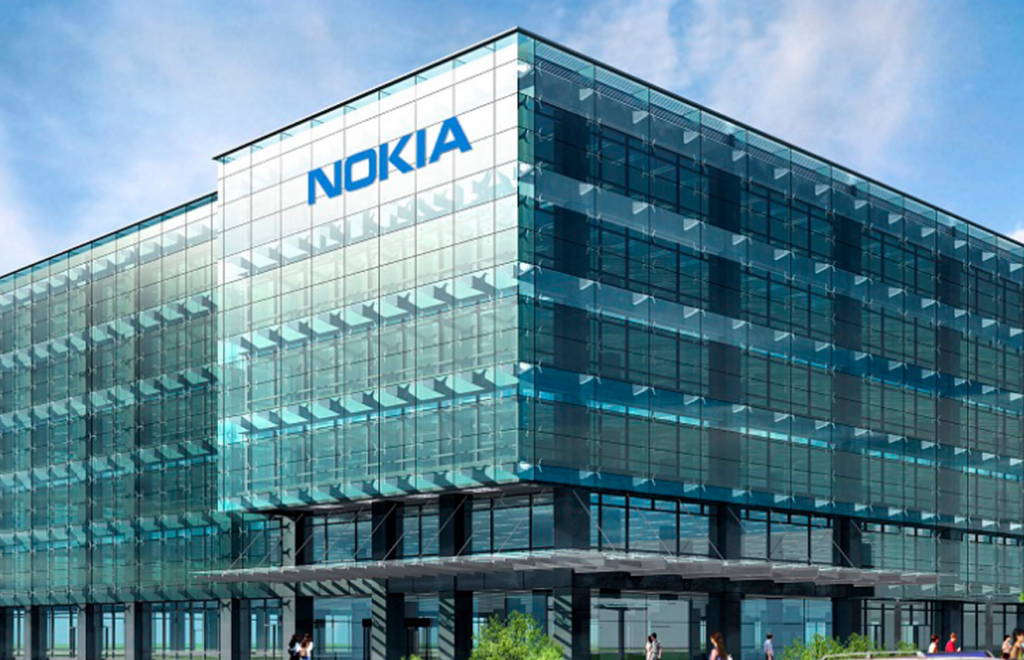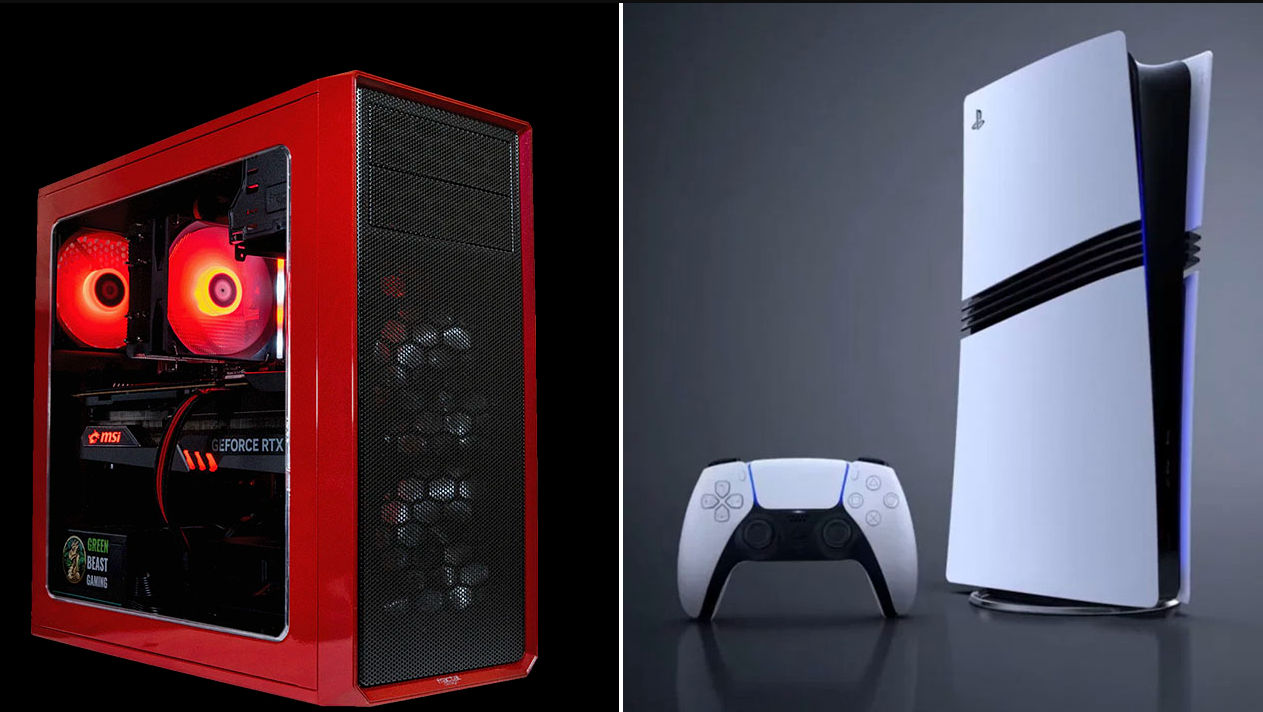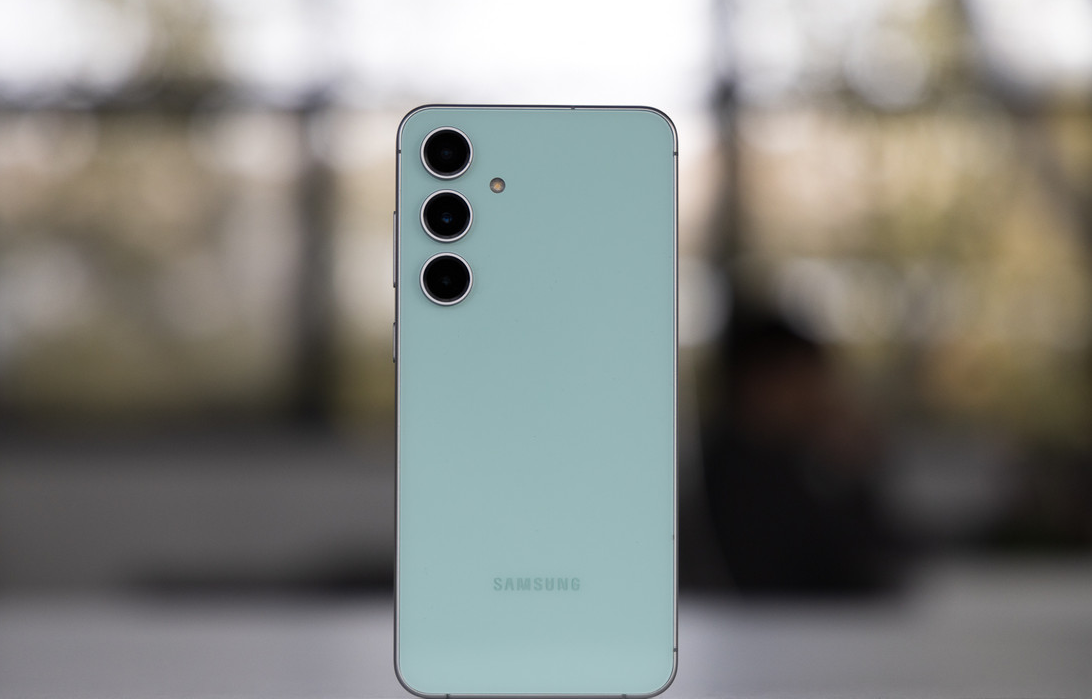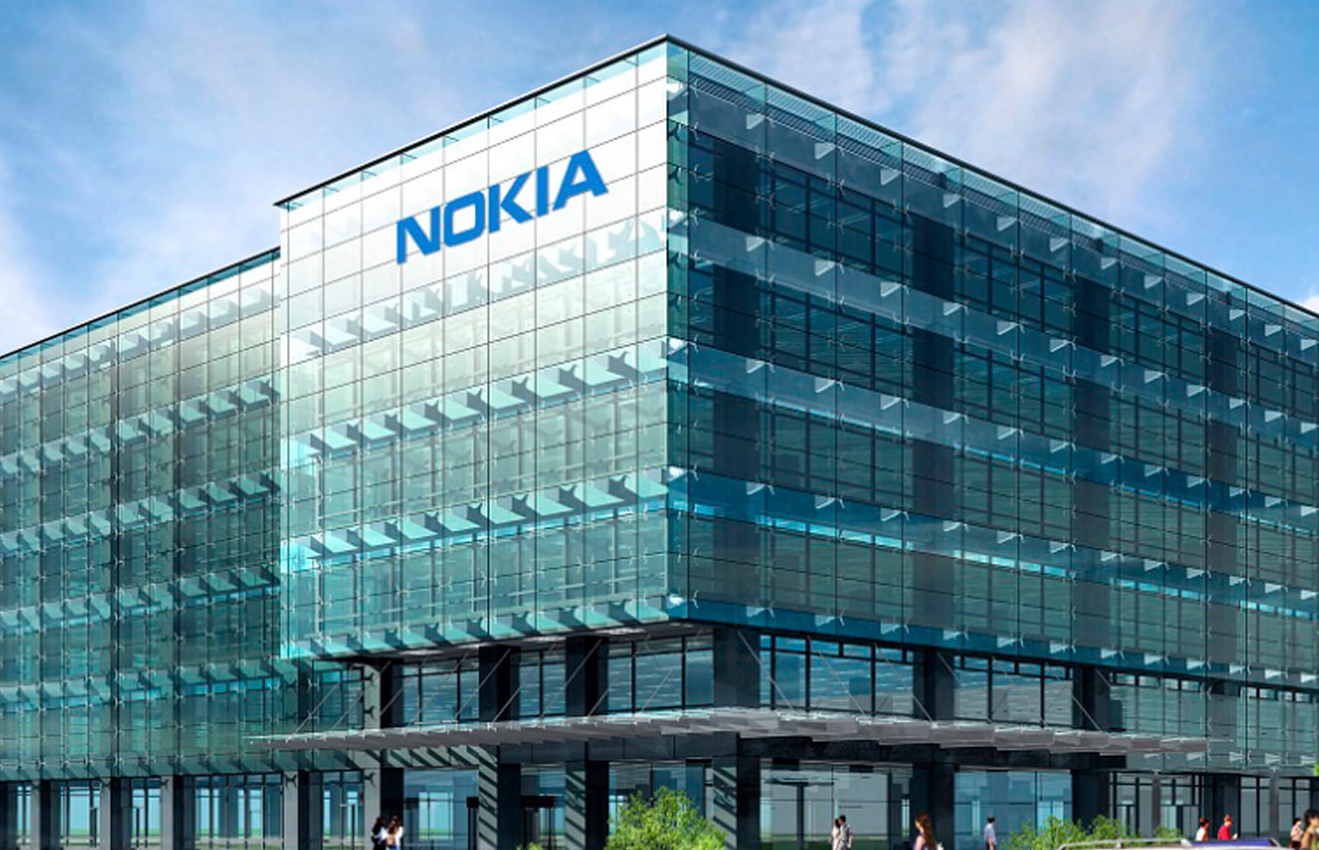The history of Nokia begins in 1865 in Finland. The founder, engineer Fredrik Idestam, established a small sawmill in the town of Tampere. The business developed quickly thanks to innovative approaches to wood processing. Already in 1871, the company was renamed Nokia Ab, which is associated with the area by the Nokianvirta River. At this stage, Nokia was engaged in the production of paper, which was in great demand on international markets.
Expansion and diversification of business
By the early 20th century, Nokia had merged with two other Finnish companies: Finnish Rubber Works, which made rubber products, and Finnish Cable Works, which specialized in electrical cables. This merger laid the foundation for Nokia’s transformation into a multi-industry giant. By mid-century, the company was making everything from rubber boots to industrial cables.
Nokia’s product range in the mid-20th century included:
- Rubber footwear (for example, the legendary Nokia boots, popular in Scandinavia);
- Industrial cables for power grids and communications;
- Consumer electronics, including televisions;
- Telecommunications components such as telephone cables.
These steps played a key role in the history of Nokia. As Nokia entered the electronic age, it began to explore new markets, including televisions and other consumer electronics.
The beginning of the era of telecommunications
By the 1960s, Nokia was heavily investing in telecommunications technology. During this period, Finnish Cable Works began producing telephone network equipment, which became the starting point for further development in this area.
In 1979, the company formed a joint venture with Salora Oy, launching the first mobile phones. In 1982, Nokia launched Europe’s first car phone, the Mobira Senator. This marked the beginning of an important period in the history of Nokia phones.
History of Nokia phones
By the 1990s, the company had completely focused on telecommunications, abandoning other areas of business. The decision turned out to be the right one. In 1992, Nokia introduced its first GSM phone, the Nokia 1011. This phone was a breakthrough in mobile communications, as it used the new global GSM standard system.
Nokia phones have become increasingly popular due to their reliability, durability and innovative solutions. Some of the most iconic models have gone down in Nokia phone history:
- Nokia 3310 (2000) – a symbol of strength and durability, known for its long battery life.
- Nokia 8110 (1996) – “bananaphone”, which became famous after the movie “The Matrix”.
- Nokia 6600 (2003) – one of the first smartphones on the Symbian platform with advanced multimedia functions.
- Nokia N95 (2007) – a revolutionary model with a 5 MP camera, GPS and multimedia capabilities.
- Nokia 1100 (2003) – the best-selling mobile phone in history, with sales of over 250 million units.
These devices became not only important technical innovations, but also cultural phenomena.
The pinnacle of success
By the early 2000s, Nokia had become the world’s largest mobile phone manufacturer. The company earned a reputation as an innovator, introducing technologies such as color displays and the first cameras in phones.
Models such as the Nokia 6600 became a symbol of technological progress. An important moment in the history of Nokia phones was the use of the Symbian operating system, which dominated the market before the advent of iOS and Android.
Competition and crisis
Since 2010, smartphones have been actively developing on the market. Android and iOS systems quickly conquered the market, leaving Symbian behind. Nokia tried to fight the competition by releasing a line of smartphones on Windows Phone in partnership with Microsoft. However, the transition was difficult, and the company’s market share began to decline.
By 2013, Microsoft had acquired Nokia’s mobile division. This was a major milestone in Nokia’s history, but it did not save the brand from decline in the mobile segment. However, it was not the end for the legendary company.
Return to the market
After the Microsoft deal was completed in 2016, the Nokia brand was revived by HMD Global. New Nokia-branded phones returned to the company’s roots – reliability and ease of use. In 2017, updated versions of the legendary Nokia 3310 were released, which caused a wave of nostalgia among users around the world.
Nokia is currently focused on developing equipment for 5G networks, which plays an important role in its strategic development. Nokia’s history continues, and its contribution to technology development remains significant.
Impact on the world and the future of the company
Nokia’s history is an example of how a company can adapt to changing market conditions. Its advances in mobile communications changed the way we communicate and laid the foundation for modern technology.
Today, Nokia remains one of the leaders in the telecommunications industry. Its contribution to the development of next-generation networks helps to advance the digital revolution.
Nokia’s product range today includes:
- Equipment for 4G and 5G networks;
- Smartphones running Android;
- Classic push-button telephones;
- Internet of Things (IoT) solutions;
- Software platforms for corporate users.
Nokia’s history spans from a sawmill to one of the world’s most influential technology companies. With the development of 5G networks and new innovations, Nokia continues to be a symbol of quality and innovation.
Discover the world of Nokia with reBITme! Choose the products you like and don’t forget to activate cashback. Let every purchase bring you joy and benefit!





